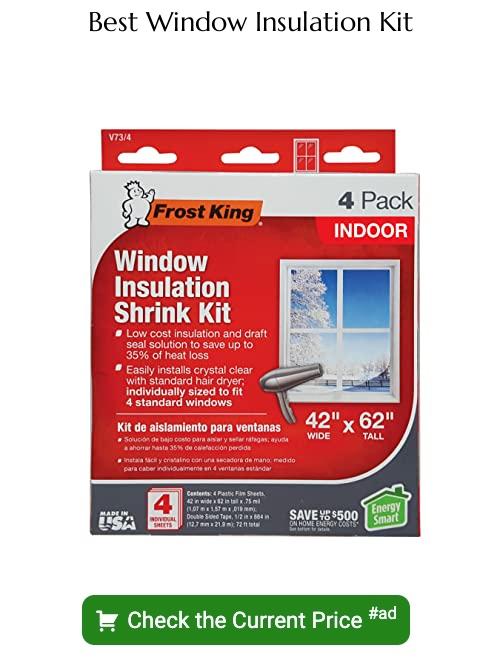Discover the importance and functionality of window seals as we delve into their purpose, benefits, and how they contribute to energy efficiency in homes.
Have you ever wondered what keeps your windows tightly sealed and prevents air leaks? Well, the answer is pretty simple – it’s the window seal. Despite being a small component of your house, window seals play a crucial role in maintaining energy efficiency and keeping your home comfortable.
In this blog post, we’ll dive into everything you need to know about window seals – from their types to how they work and why they’re important. So, let’s get started!
Definition of Window Seal
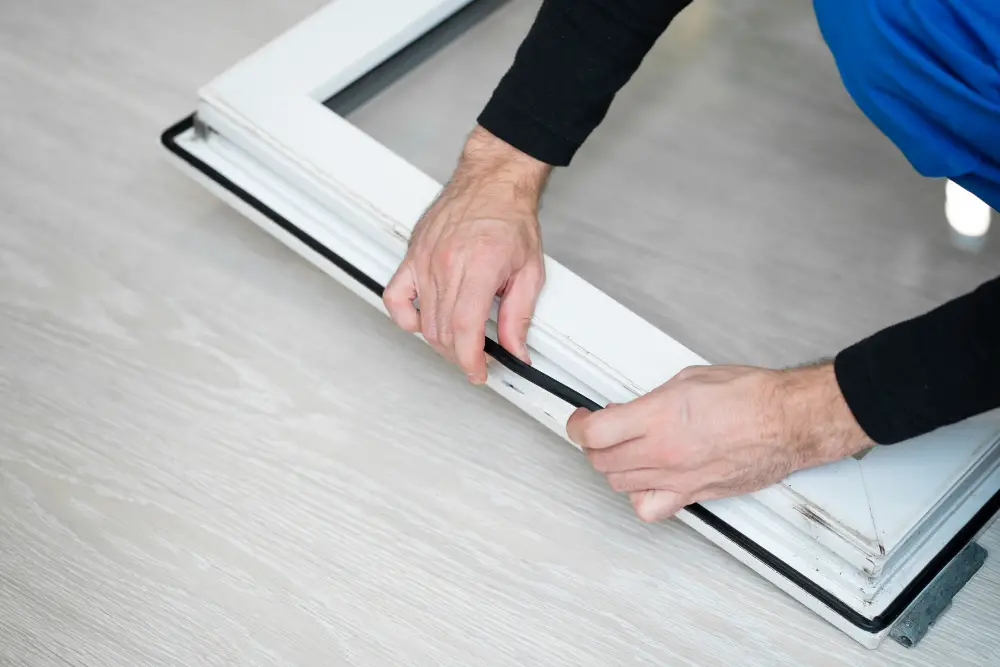
A window seal is a component that helps to keep the window frame and glass tightly sealed together. It’s usually made of rubber, silicone, or foam material and is placed around the edges of the window frame to prevent air leaks.
The seal acts as a barrier between your home’s interior and exterior environment by preventing drafts from entering your house while keeping conditioned air inside.
Window seals are essential for maintaining energy efficiency in homes because they help reduce heating and cooling costs by minimizing heat loss during winter months or heat gain during summer months. They also play an important role in soundproofing rooms since they can block out noise from outside sources.
Types of Window Seals
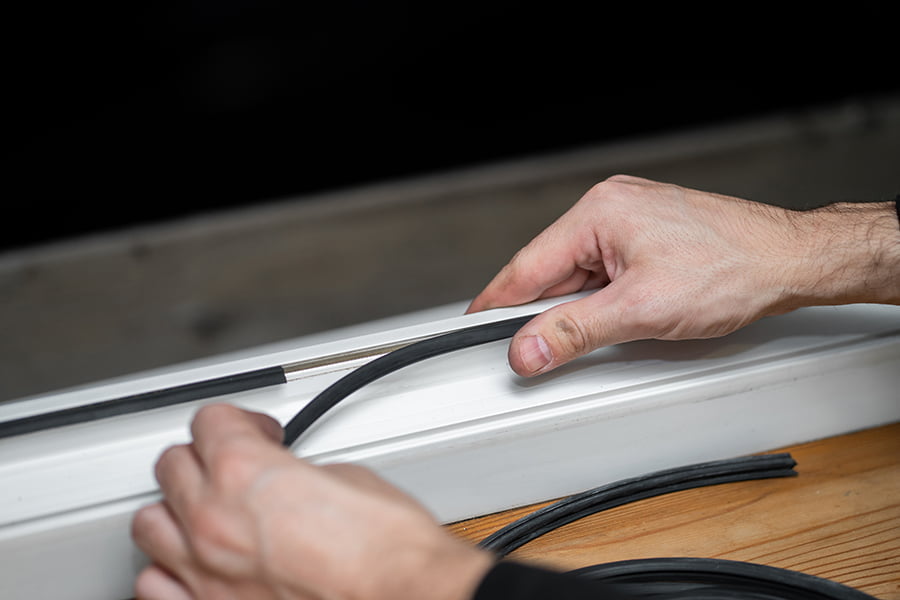
The most common ones include compression seals, V-strip seals, bulb weatherstripping, and magnetic strips. Compression seals are made from foam or rubber materials that compress when the window is closed to create an airtight seal.
V-strip seals consist of metal or plastic strips with a “V” shape that fits into grooves on the sash to prevent air leaks.
Bulb weatherstripping is another type of seal made from silicone or vinyl material with a bulb-shaped end that creates an effective barrier against drafts and noise pollution. Magnetic strips use magnets to hold windows tightly in place while also providing insulation against heat loss.
Choosing the right type of window seal depends on various factors such as your budget, climate conditions in your area, and personal preferences for aesthetics. It’s essential to consult with professionals who can guide you through selecting suitable materials for your home’s specific needs.
Functions of Window Seals
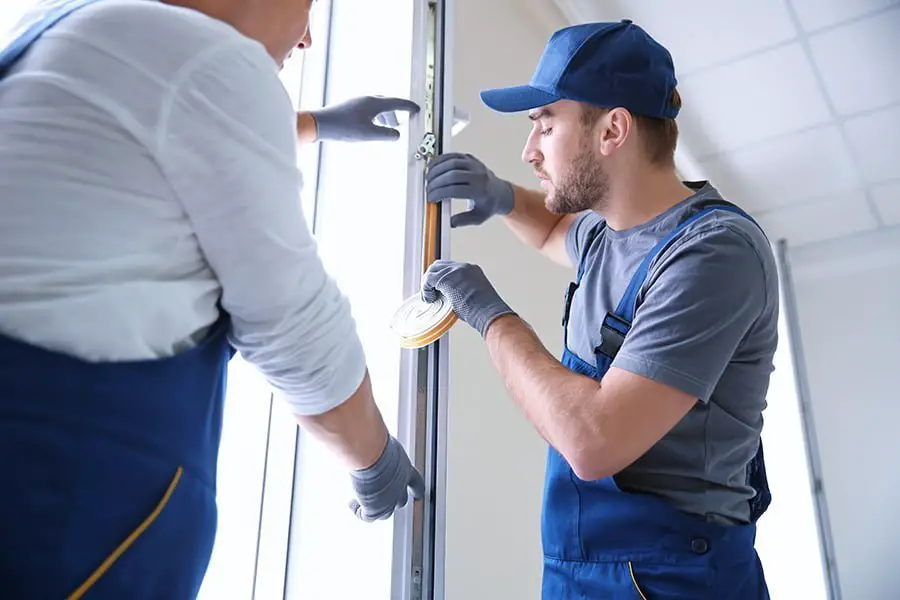
Firstly, they prevent air leaks and drafts from entering the house, which can cause discomfort to occupants and increase energy bills. Secondly, window seals help to keep out moisture and water that could damage the interior of your home or lead to mold growth.
Thirdly, they provide insulation by reducing heat transfer between indoor and outdoor environments.
In addition to these primary functions, window seals also play a role in noise reduction by blocking outside sounds from entering your living space. They also contribute significantly towards enhancing security as tightly sealed windows are harder for intruders to break into.
Benefits of a Good Seal
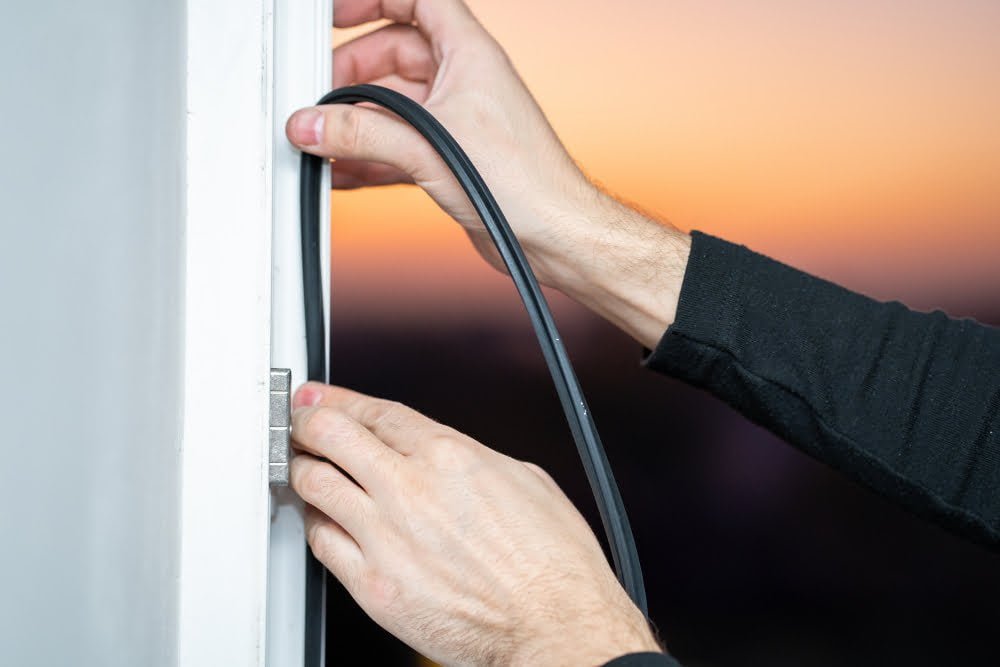
Firstly, it helps to keep your home comfortable by preventing air leaks and drafts from entering or escaping through the windows. This means that you can maintain a consistent temperature in your home without relying too much on heating or cooling systems, which translates into lower energy bills.
Secondly, a good window seal also contributes significantly to noise reduction. If you live in an area with high traffic or noisy neighbors, having well-sealed windows can help reduce the amount of outside noise that enters your home.
Thirdly, proper sealing prevents moisture from seeping into your house through gaps around the windowsills and frames. Moisture buildup can lead to mold growth and other water damage issues if left unchecked for long periods.
Lastly but not least important is security; a tight-fitting window seal makes it harder for intruders to break-in as they cannot easily pry open locked windows when there are no gaps between them and their frames.
Energy Efficiency
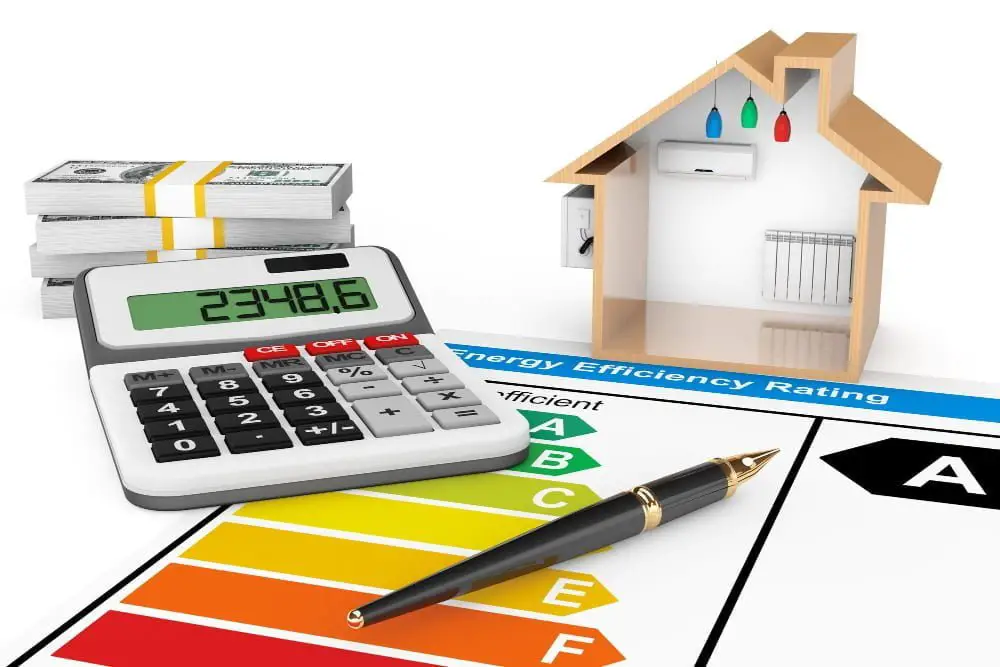
A well-sealed window can help reduce your energy bills by preventing air leaks and keeping your home at a comfortable temperature. When there are gaps or cracks in the seals, it allows for drafts to enter, which makes it harder for your heating or cooling system to maintain an optimal temperature.
This means that you’ll end up using more energy than necessary, leading to higher utility bills and increased carbon footprint. By ensuring that all windows have proper seals in place, you can save money on heating and cooling costs while also reducing greenhouse gas emissions.
Moreover, if you’re looking to upgrade your windows’ insulation properties further, consider investing in double-paned glass with low-emissivity coatings (Low-E). These types of windows provide better insulation than single-pane ones because they trap air between two panes instead of allowing heat transfer through one pane only.
Common Problems
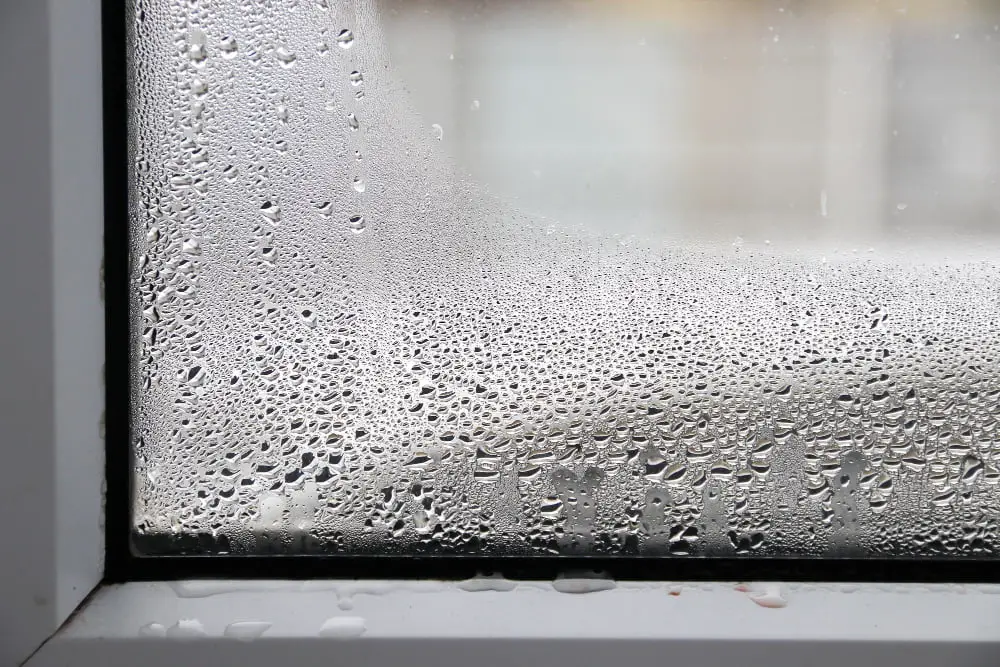
One of the most common problems with window seals is that they can become damaged or worn out due to exposure to harsh weather conditions such as extreme heat or cold. This damage can cause air leaks, which in turn leads to energy loss and higher utility bills.
Another issue that homeowners may face is condensation buildup between the panes of glass on double-paned windows. This occurs when there’s a breach in the sealant around the perimeter of your window frame, allowing moisture-laden air into your home.
Warning Signs
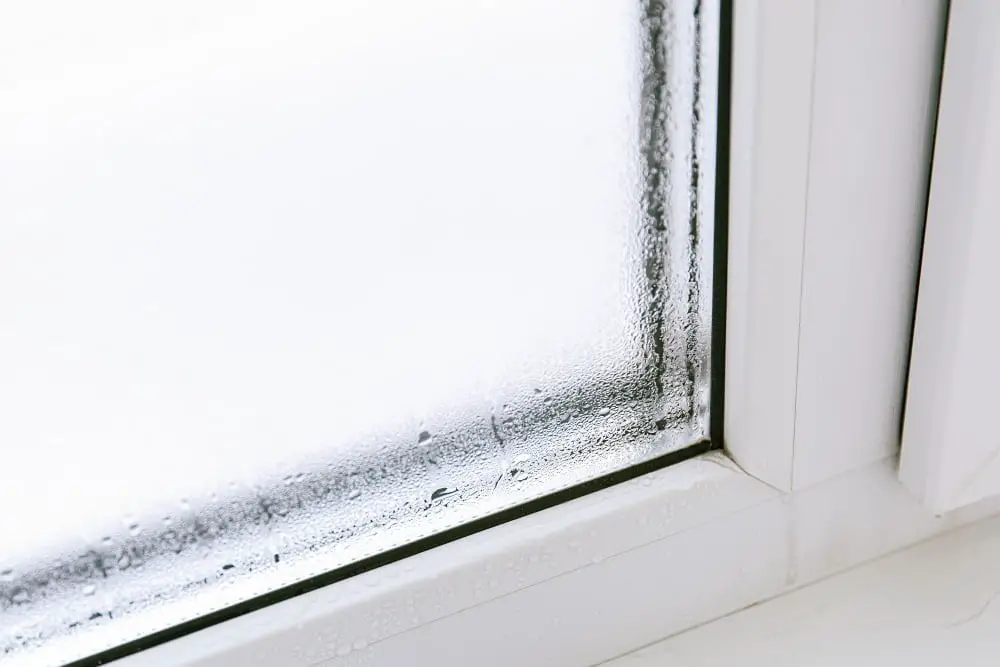
It’s not always easy to tell when a seal is failing or has already failed. Here are some warning signs that indicate you may need to replace your window seals:
1. Drafts: If you feel cold air coming in around the edges of your windows, it could be a sign that the seal is no longer doing its job.
2. Condensation: When moisture builds up between double-paned windows, it means there’s a leak in the seal.
3. Difficulty opening and closing: A damaged or worn-out seal can cause difficulty when trying to open or close windows due to increased friction.
4. Visible damage: Cracks or gaps in the caulking around your window frames are clear indications that there’s an issue with sealing.
Selecting Materials
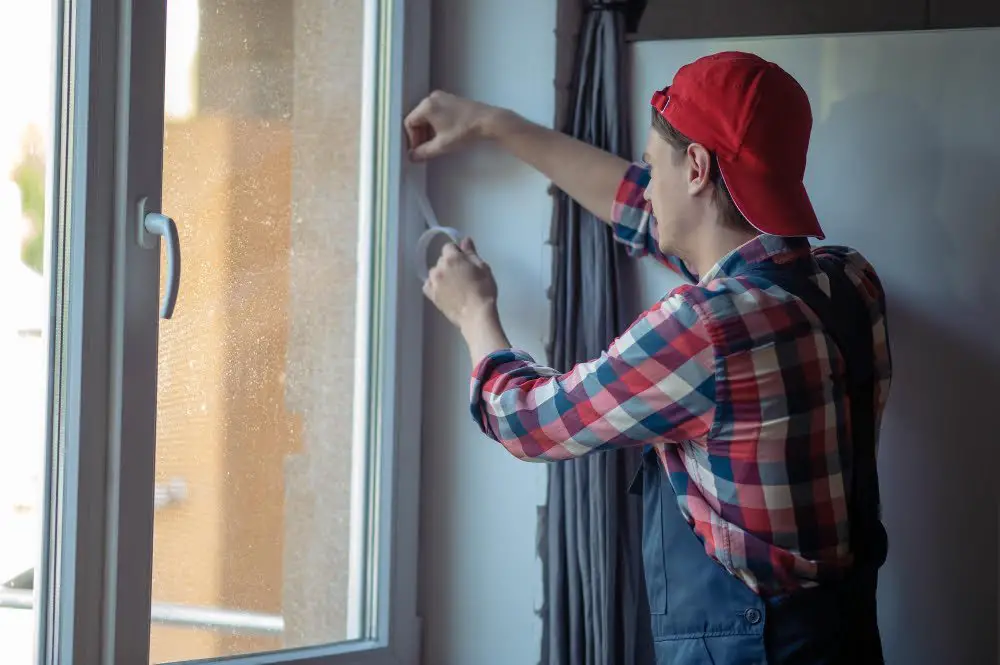
The most common materials used for window seals include rubber, silicone, and foam. Rubber is the most popular choice due to its durability and flexibility in extreme temperatures.
Silicone is another great option as it’s resistant to UV rays and can withstand high temperatures without cracking or shrinking.
Foam sealants are also commonly used because they’re easy to apply and provide excellent insulation properties. However, they may not be as durable as other materials over time.
It’s important to consider the climate you live in when choosing your material since different regions have varying temperature ranges that can affect the performance of your window seal.
Customization Choices
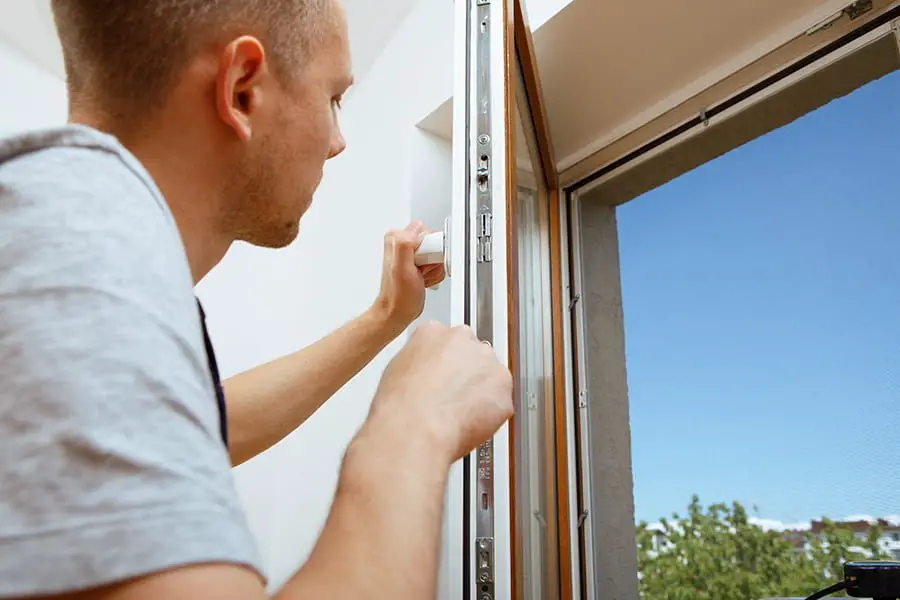
Every home has different needs and requirements, which means that a one-size-fits-all approach doesn’t always work. Luckily, there are plenty of customization choices available when it comes to window seals.
One of the most important factors in customizing your window seal is selecting the right material. There are several options available such as silicone rubber or foam tape for sealing gaps around windows and doors; weatherstripping for sliding windows; V-strip or tension-seal gaskets for double-hung windows.
Another factor to consider when customizing your window seal is color choice. While this may seem like a minor detail, choosing the right color can make all the difference in how well your new seal blends with its surroundings.
You’ll want to think about any additional features you might need from your customized seal – such as soundproofing capabilities or extra insulation properties – depending on where you live and what kind of environment surrounds your home.
Replacement Options
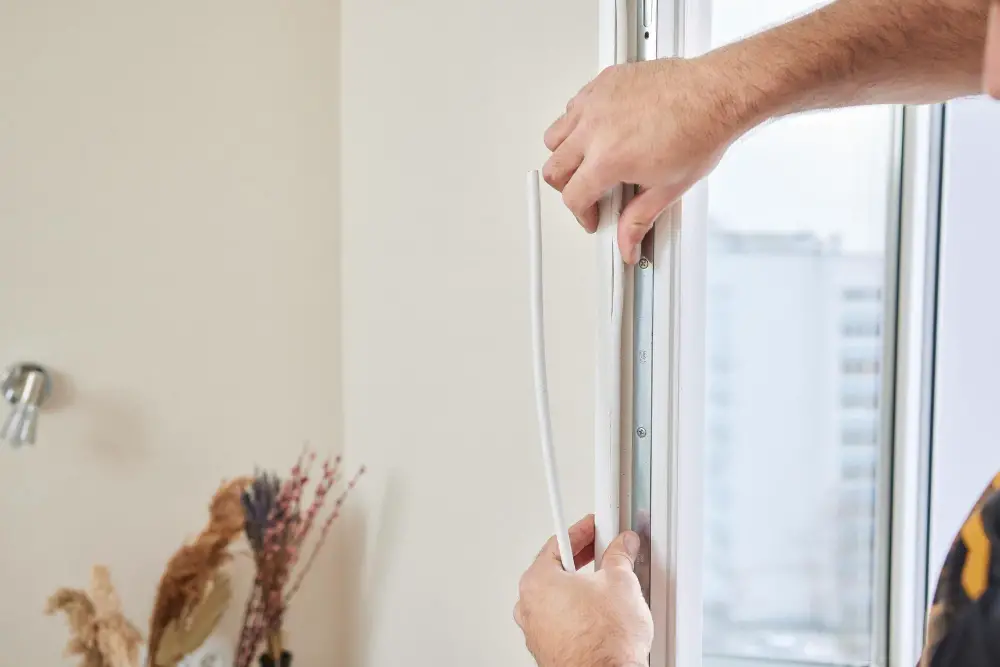
Replacing the window seal can help improve energy efficiency and prevent air leaks, which in turn will save you money on heating and cooling bills. There are several options available for replacing a window seal.
One option is to replace just the weatherstripping around the frame of the window. This involves removing old weatherstripping and installing new strips made from materials such as vinyl or foam.
Another option is to replace only certain parts of the windows, such as sashes or frames if they are damaged beyond repair but still functional enough not to require full replacement.
If your windows are old and inefficient it may be best to invest in new ones altogether with better seals built-in for maximum energy savings over time.
DIY Window Seal Repair
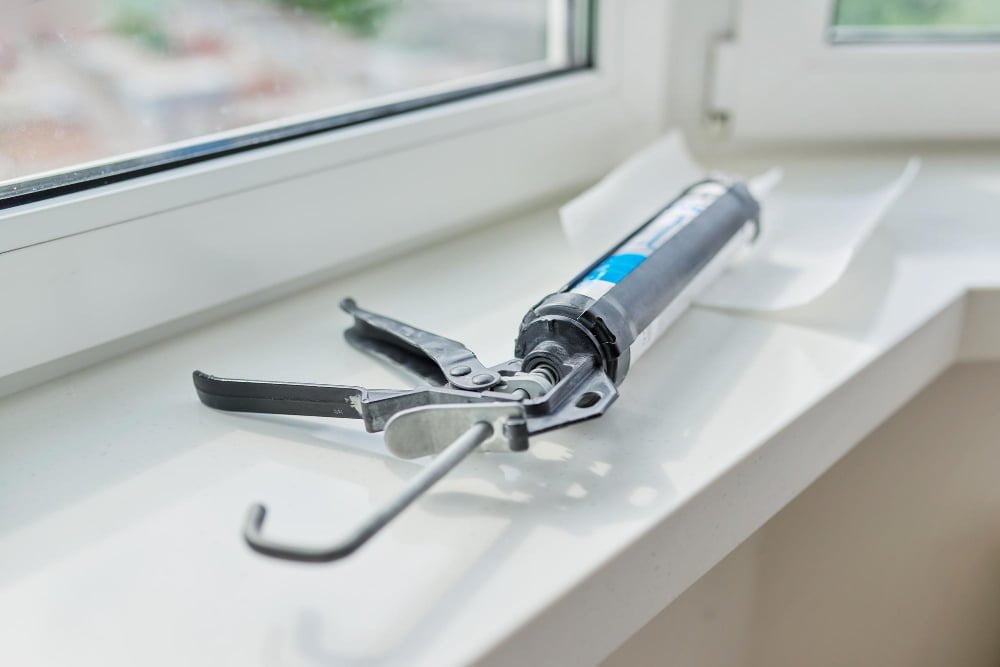
It’s important to note that not all window seal repairs are suitable for DIY projects. For instance, if the damage is extensive or requires specialized tools and expertise, it’s best to hire a professional.
For minor damages such as small gaps or cracks in the sealant around your windows, you can easily fix them yourself with some basic tools like caulking guns and weatherstripping materials. Before starting any repair work on your window seals:
- Inspect the entire perimeter of each window
- Clean out any debris from old caulk or weatherstripping
- Remove any loose material
Once you’ve prepared the area for repair:
- Apply new caulk: Use high-quality silicone-based caulk to fill in gaps between frames and walls.
- Replace damaged weatherstripping: Measure each side of your windows carefully before purchasing new stripping.
- Install foam tape: This is ideal for sealing air leaks around movable parts of windows.
Remember that proper installation is crucial when fixing damaged seals; otherwise, they may not function correctly leading to more problems down the line.
Hiring Professionals

A qualified technician can assess the situation and recommend the best course of action. They have access to specialized tools and equipment that make their work more efficient and effective.
When hiring professionals for window seal repair or replacement, ensure they are licensed, insured, experienced in handling similar projects as yours. You can ask for references from friends or family members who have had similar services done before.
Request a written estimate detailing all costs involved so that you know what to expect upfront. Don’t forget to inquire about warranties on labor and materials used during repairs/replacements.
Maintenance Tips
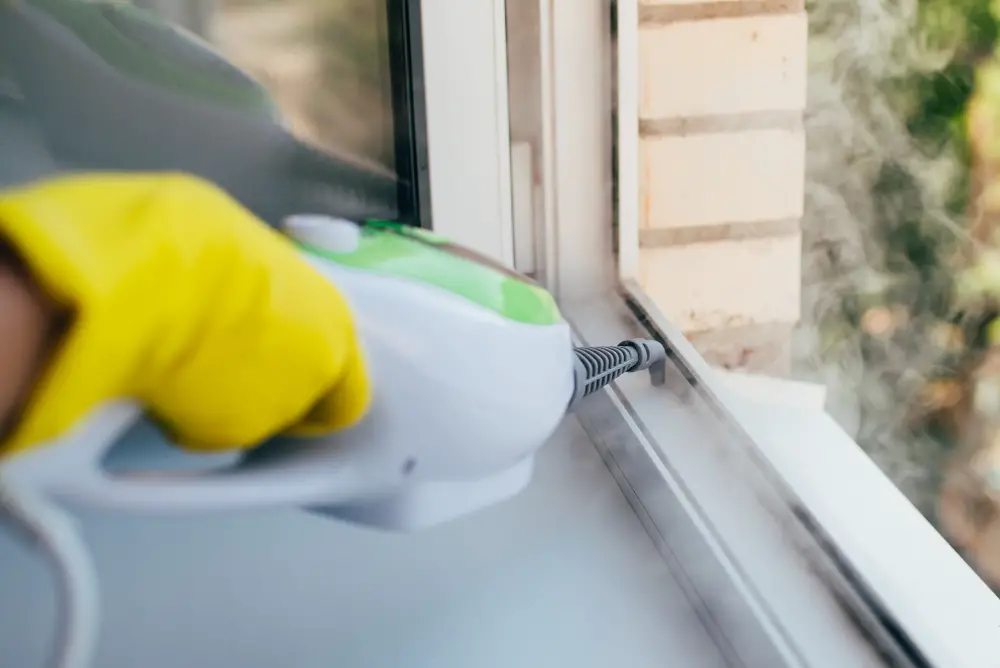
Here are some tips to help you keep your window seals in top shape:
1. Clean the Seals: Dirt and debris can accumulate on the seal over time, causing damage or preventing a tight seal.
Regular cleaning with soap and water can prevent this.
2. Inspect for Damage: Check for any cracks or gaps in the seal that could allow air leaks into your home.
3. Lubricate Moving Parts: If you have windows with moving parts, lubricating them regularly will help maintain their functionality and prolong their lifespan.
4. Avoid Harsh Chemicals: When cleaning your windows or seals, avoid using harsh chemicals as they may cause damage to the material of the seal.
Costs and Budgeting

The type of seal you choose, the size and number of windows in your home, and whether you opt for professional installation or DIY repair all play a role in determining costs.
For those looking to replace their window seals entirely, expect to pay anywhere from $50-$200 per window. However, if only minor repairs are needed such as re-caulking or weatherstripping replacement then costs will be significantly lower.
It’s important not to skimp on quality when it comes to choosing materials for your new seal. While cheaper options may seem appealing at first glance due to their low price point; they often wear out quickly leading homeowners back into costly repairs sooner than expected.
Budgeting is key when considering any home improvement project including replacing or repairing your window seals.
Warranty and Guarantees
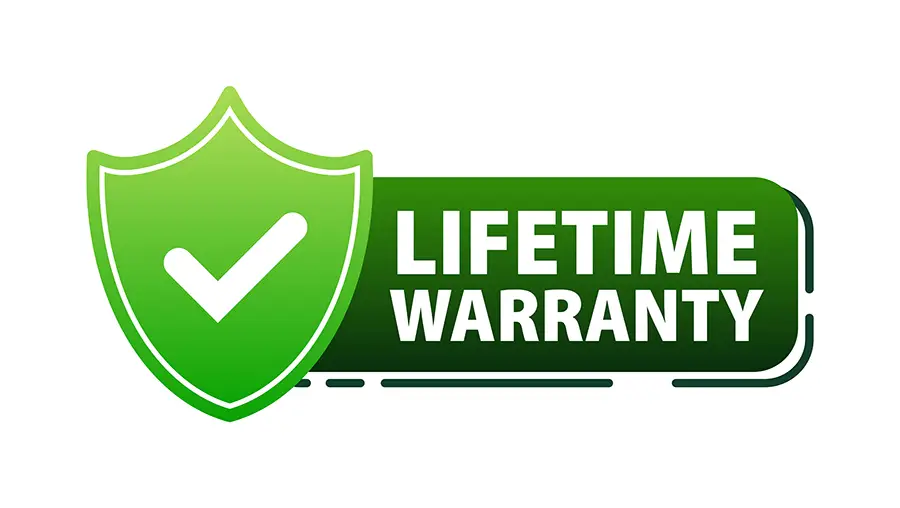
A good warranty or guarantee can provide peace of mind that your investment is protected against defects or issues that may arise after installation. Before purchasing a window seal, make sure to check the manufacturer’s warranty and understand what it covers.
Some manufacturers offer limited warranties for specific periods while others offer lifetime guarantees.
It’s also important to note that proper installation is crucial in ensuring the effectiveness of your window seal. If you’re hiring professionals for installation, make sure they have experience with installing the type of seal you’ve chosen and ask about their workmanship guarantee.
Understanding the terms of any warranty or guarantee offered by manufacturers can help protect your investment in a new window seal system while ensuring its longevity over time.
FAQ
What is a seal on a window?
A window seal is the component in modern windows that maintains the air between multiple panes of glass, ensuring energy efficiency and insulation.
Where is the window seal on a window?
The window seal is located around the perimeter of the window, serving to lock in gas and prevent outside air from entering.
Is it window seal or sill?
The correct term is both window sill and window seal, as they refer to different parts of a window; the window sill is a board finishing off a window frame, while a window seal prevents weather from entering around the window.
What happens if window seals are broken?
If window seals are broken, humid air can seep between the panes, creating fog which may lessen or worsen with weather changes and outdoor humidity levels.
How can you identify if a window seal needs replacement?
One can identify if a window seal needs replacement by checking for drafts, condensation, or the presence of moisture between the panes.
What are the benefits of properly functioning window seals?
Properly functioning window seals provide energy efficiency, prevent drafts, and protect against moisture intrusion.
What materials are commonly used for window seals and which are the most effective?
Common materials used for window seals include rubber, silicone, vinyl, and foam, with silicone being the most effective due to its durability, weather resistance, and flexibility.
Related Stories
- Addressing Air Leakage in Energy-efficient Windows: Sealing the Gaps
- Drafty Windows and Energy Loss Solutions: Seal the Deal On Efficiency
- Weatherstripping and Caulking for Energy-efficient Windows: A Complete Guide
- Window Sealing for Improved Efficiency: A DIY Guide
- Energy-efficient Window Upgrades: Boosting Your Home’s Performance
Recap
